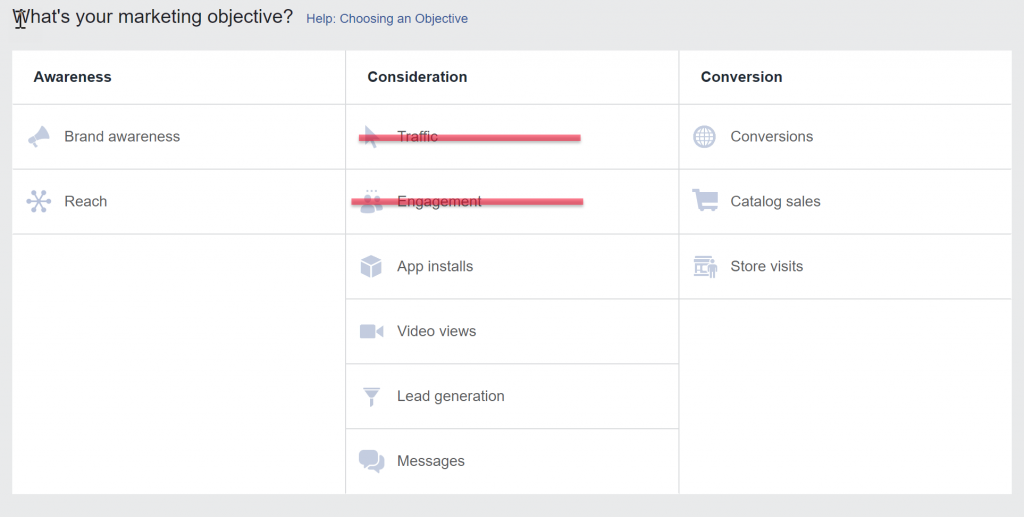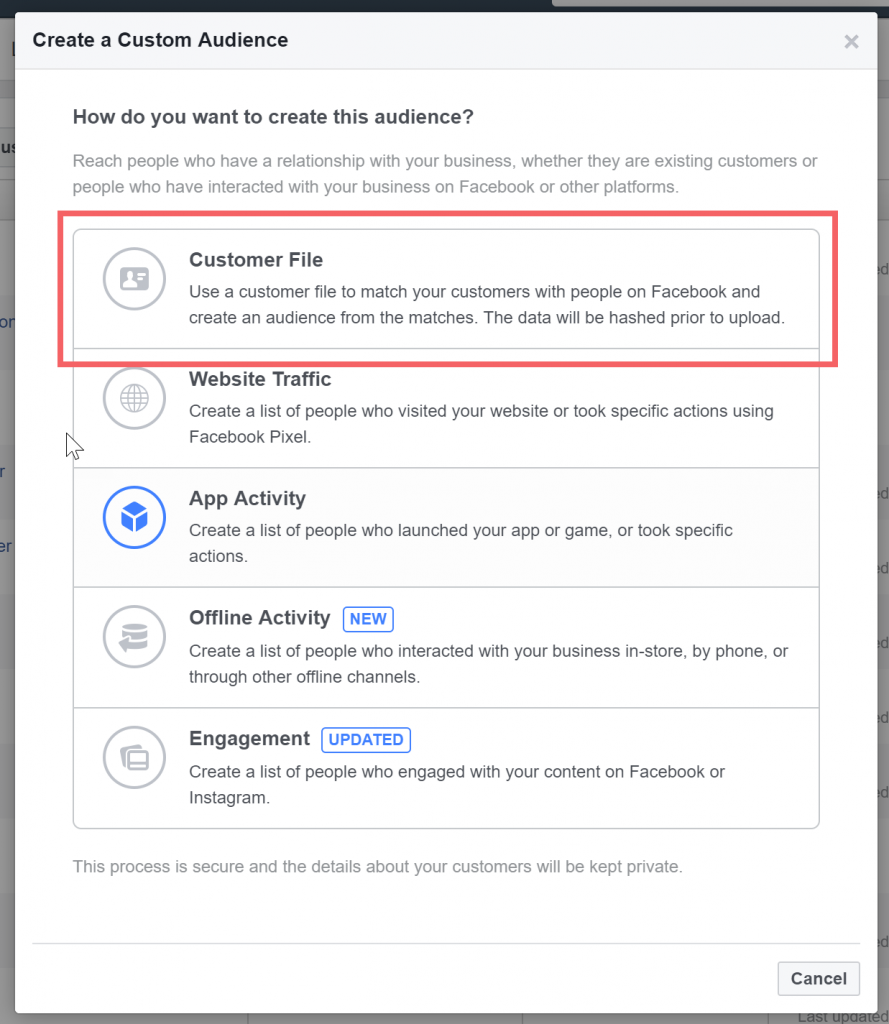Facebook Ad Targeting Done Right [Without Partner Categories]
Following the mishandling of Cambridge Analytica’s abuse of user data, Facebook is taking pre-emptive measures across the board, including Facebook Ad Targeting, to clean up its data practices including the removal of all private and public Facebook Third-Party Data Targeting.
Note: Ginny Marvin points out that GDPR (General Data Protection Regulation) going into effect May of 2018 is also fueling this change.
Being a marketer myself that has worked with Facebook since its early days this is not good news.
Facebook Third-Party Data introduced in 2013 allowed for hyper-targeted persona based Facebook Ad Targeting.
These have often performed better than Facebook’s native targeting variables.
But this new phase does not have to be all bad.
The social giant is still a robust platform reaching users across Facebook, Instagram, Messenger, and the Audience network.
Here are my two cents on how to tackle these changes moving forward.
Campaign Objective Dependency
Facebook still has billions of data points it can measure across active and historical campaigns. I d not think that their algorithm is going to fall off the deep end and all performance will tank.
However, I do believe that this change will force marketers (and clients) to use campaign objectives as intended.
Using campaign objective means moving away from focusing on likes, comments, shares, and clicks.

Instead, focus on campaign objectives such as reach or views for awareness or on-site events for conversion campaigns.
Working within the advertising platforms framework as intended will be crucial so that its algorithm has the best chance of returning strong performance.
Removal of Facebook Third-Party data also provides a sweet opportunity to wean client of the delusion that likes and clicks on their own are a success metric.

Good Bye Hyper Targeting (Facebook Third-Party Data)
Third-party data whether public or private did allow for some super hyper-targeted segments.
In theory, this seems great but how does this look in practicality?
Hyper-targeted segments often resulted in small audience pools. This approach to Facebook Ad Targeting would drive up CPM and provide Facebook’s algorithm with less data to work with for audience expansion and optimization.
Essentially hyper-targeted campaigns can end up choking themselves out.
It is not new that Facebook has advised (wanted) marketers to move away from this hyper-targeting approach for a while.
But try selling your client on a broader targeting approach after you pitched them the granular Facebook Ad Targeting capabilities using Third-Party Data.
Now is your opportunity, and you can blame Facebook 🙂
To be clear, I don’t think that we should be getting sloppy with our targeting and throw ads against super broad segments.
Facebook Ad Targeting – Lookalikes Lookalikes Lookalikes
So how can we create quality audience expansion if we are limited to native Facebook Ad targeting variables?
Lookalikes.

You should already but now more than ever be tracking every event that signals a valuable action on your site with the Facebook Pixel.
Collecting event data allows you to build lookalike segments off of custom or standard conversions for quality* audience expansion.
*quality – make sure you are tracking valuable events, even if they are soft conversions because you want to build your lookalike off of a quality set of data.
Once you have a set of lookalikes, you have access to a vast targeting pool to test into.
Some example approaches:
- Run against multiple ranges from 1% those who most closely match you seed data to 10%
- Layer native Facebook Ad Targeting variables with lookalikes to fine tune the broader and potentially ‘data poor’ segments.
- Layer interest not related, i.e., TV show, Activity to your product or service with best-performing lookalikes to create creative (ad) personalization at scale.
- Leverage Facebook Campaign Budgets for audience testing
Custom Audiences
After lookalikes you have custom audiences you can build off of your first-party data such as email lists.

Custom audiences are a viable option if you have access to consumer data.
Here as well Facebook is working on ‘…a permissions tool…‘ requiring advertisers proof of consent to use the data.
Again you can use these audiences as seed data for audience expansion via lookalikes.
Takeaways
So yes we humans like to see the doom and gloom in change. Although Facebook could profit from this change by not having to pay Third-Party data partners (in the short term at least), we as marketers still have flexibility, accessibility, and opportunity.
To recap:
Take this change as an opportunity to move clients stuck on vanity metrics away from the darkness and towards the light.
Blame Facebook for your need to test audience expansion and tailor this approach to your business needs.
Make your campaign structure objective driven. This will allow you to leverage the Facebook algorithm as much as possible, i.e., use conversion objective for direct response campaign, make use of campaign level budgets.
Apply personalization at scale and layer high-level interest with lookalikes to build quality audiences.
Have some patience. Data + algorithm can be powerful, but it isn’t magical. Give Facebook enough time to learn and optimize.
Leave a comment